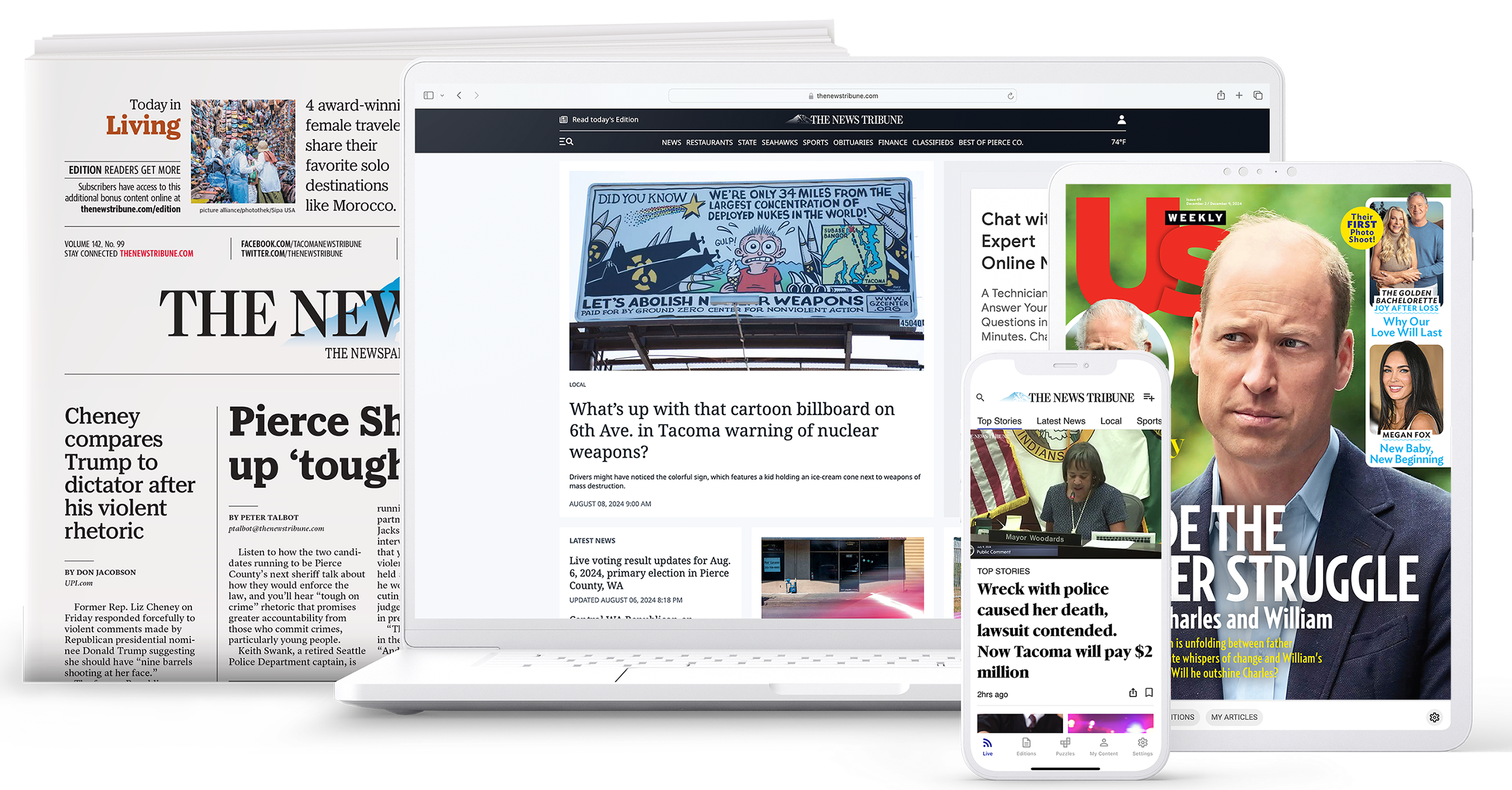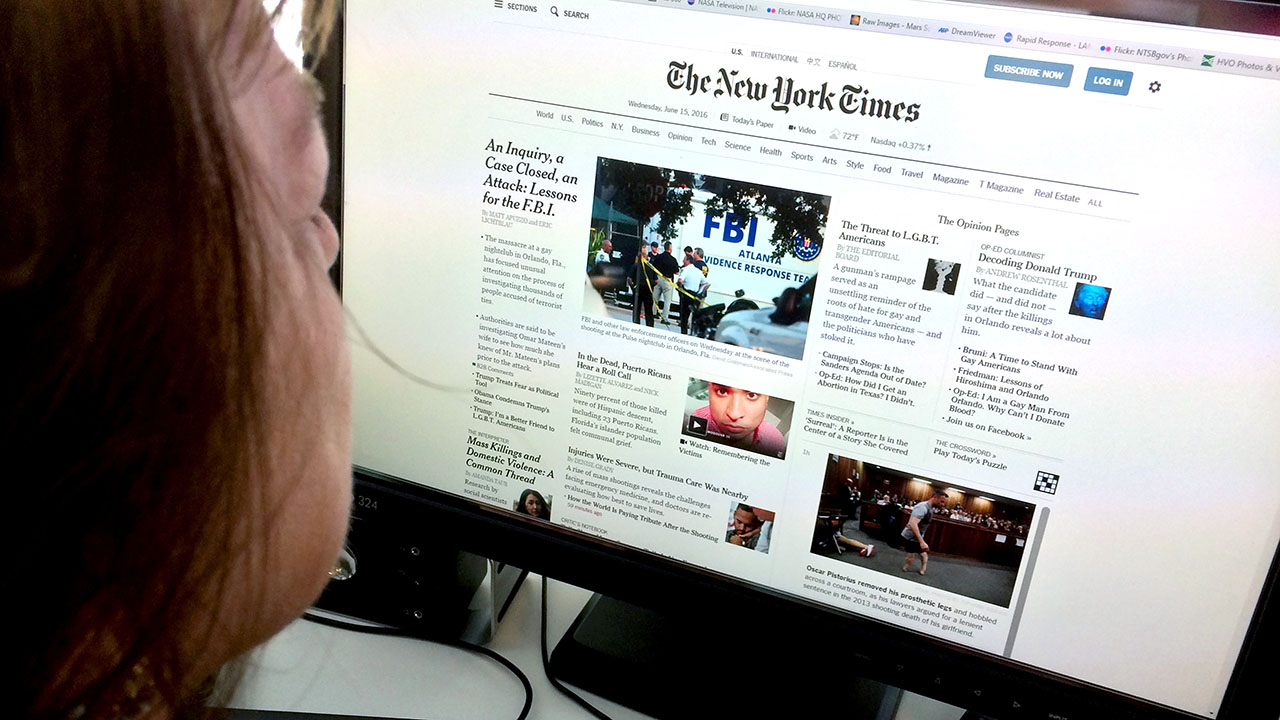Tips for Identifying Credible Stories on stnews.live
Wiki Article
The Effect of Social Media Site en route We Eat News Online
Social network has actually fundamentally transformed news intake. It supplies immediate access to information, usually eclipsing typical media outlets. However, this fast circulation comes with difficulties. Individuals deal with the risk of running into misinformation and coming to be caught in resemble chambers. The formulas driving customized web content can obscure varied perspectives. As these characteristics evolve, comprehending their implications comes to be important for informed involvement in public discourse. What techniques might aid navigate this facility landscape?The Evolution of News Usage in the Digital Age
As modern technology advanced, the method people consumed news transformed considerably in the digital age (stnews.live). Standard papers and broadcast media started to decrease as the net emerged as a main resource of information. On-line systems supplied immediate accessibility to news posts, videos, and podcasts, allowing customers to stay informed any time. The benefit of mobile phones better accelerated this change, enabling individuals to receive updates on the moveIn addition, the surge of news collectors and internet sites promoted the intake of varied viewpoints, encouraging individuals to tailor their news intake based on individual interests. This development additionally motivated wire service to adjust their techniques, concentrating on electronic content and interesting viewers via multimedia layouts. Therefore, the standard obstacles of time and space in news shipment diminished, bring about an extra immediate and tailored news experience for audiences worldwide.
The Duty of Social Media Site Operatings Systems in News Distribution
Social network systems have actually changed news distribution by supplying instant access to info. Their algorithm-driven content curation frequently prioritizes engagement over precision, causing significant credibility obstacles (stnews.live). As customers navigate this landscape, the implications for news intake and public discourse become increasingly intricateInstant News Gain Access To
Although standard news outlets have long been the key resource of information, the rise of social networks systems has actually dramatically transformed how news is accessed and taken in. Instantaneous news gain access to has ended up being a characteristic of the digital age, enabling users to receive updates in actual time. Systems such as Twitter, Facebook, and Instagram enable news to spread swiftly, usually going beyond traditional media in rate and reach. Customers can share tales, remark on occasions, and involve with reporters, producing a dynamic communication between the audience and news material. This immediacy promotes a culture of necessity, motivating customers to inquire promptly. Consequently, the assumption for timely news has actually improved journalistic techniques, compelling wire service to adjust their methods to fulfill the demands of a fast-paced digital setting.Algorithm-Driven Material
While users proactively engage with material on social media sites, the algorithms that govern these platforms play a critical role in establishing which newspaper article acquire presence. These formulas analyze user habits, preferences, and engagement metrics to curate customized news feeds. Consequently, certain tales may be magnified while others continue to be rare, commonly prioritizing marvelous or trending topics over substantive reporting. This careful exposure shapes customers' understandings of existing occasions and influences public discussion. The dependence on algorithm-driven web content can create echo chambers, where customers are primarily exposed to perspectives that line up with their own beliefs. Subsequently, the dynamics of news circulation on social media platforms significantly affect how people eat and translate info in the digital age.
Credibility Obstacles
As individuals increasingly turn to social networks for news, the trustworthiness of info encountered on these systems comes to be a pushing problem. The decentralized nature of social media sites permits anybody to release web content, often obscuring the lines between reputable journalism and misinformation. Algorithms prioritize interaction over accuracy, leading to the extensive dissemination of astonishing or misleading tales. This setting positions substantial challenges for individuals trying to recognize trustworthy sources. Social network platforms, while seeking to combat misinformation through fact-checking and material small amounts, run the gauntlet for incongruities and predispositions in their techniques. Ultimately, the responsibility exists with individuals to seriously examine the news they consume, as the rapid spread of info typically exceeds confirmation efforts by systems.The Increase of Citizen Journalism and User-Generated Material
The rise of resident journalism has actually encouraged day-to-day people to share news and viewpoints, typically offering insights that typical media may overlook. However, this shift additionally presents considerable obstacles, particularly the spread of false information that can develop from unverified material. As user-generated material comes to be more prevalent, the balance in between genuine voices and accuracy in reporting continues to be an important issue.Empowering Daily Voices

Obstacles of False information
While the surge of resident journalism has actually opened up opportunities for diverse voices in the media landscape, it has actually likewise introduced considerable challenges related to misinformation. The ease of sharing details through social media sites systems allows individuals to distribute news promptly, but this rapid spread frequently comes at the expense of precision. User-generated material frequently does not have the rigorous fact-checking and editorial oversight that standard journalism gives. As a result, sensationalized or incorrect stories can get traction, misguiding audiences and forming public understanding (stnews.live). The mixing of opinion and reality within social media makes complex the difference between reliable info and misinformation. As a result, consumers should browse an increasingly intricate media setting, requiring vital assuming abilities to discern reputable news resources in the middle of the sound
Misinformation and Its Implications for Public Discourse
As social networks platforms progressively control the landscape of info circulation, the expansion of misinformation poses significant difficulties for public discourse. False information, frequently created to mislead or provoke emotional actions, these details can distort perceptions of reality and undermine rely on reliable resources. This sensation brings about polarized viewpoints, as people are attracted towards echo chambers that enhance their beliefs, further lodging departments within culture.The effects for public discourse are extensive. When people count on false info, meaningful discussion lessens, and the autonomous process endures. In addition, false information can incite concern and confusion, influencing public health and wellness, safety and security, and why not try this out political security. Therefore, promoting media proficiency becomes crucial, encouraging people to seriously examine info and discern reality from fiction. Attending to the difficulties positioned by misinformation is essential for maintaining the honesty of public discourse and making sure a well-informed population capable of taking part in constructive conversations.
The Influence of Formulas on News Visibility
Given the central role of algorithms in figuring out content exposure, their influence on news intake is extensive. These algorithms, utilized by social networks platforms, focus on specific kinds of material based on individual engagement and preferences. Consequently, newspaper article that line up with prominent fads or audience rate of interests are most likely to be presented plainly, while less sensational tales might be neglected. This produces an environment where individuals are subjected largely to information that reinforces their perspectives, possibly resulting in resemble chambers.In addition, the continuous advancement of formulas implies that wire service should adjust their techniques to align with these changing parameters, typically prioritizing clickbait or mentally billed headlines. The honesty of news coverage can be compromised, as critical tales might not get the presence they are entitled to. The algorithmic shaping of news exposure consequently plays a necessary function in affecting public understanding and understanding of present occasions.
The Shift Toward Aesthetic Narration in News Media
Increasingly, news media is welcoming visual narration as an effective tool to involve target markets. This approach leverages pictures, videos, infographics, and interactive aspects to communicate details better than typical text-based styles. As interest extends reduce, visuals use a fast, impactful means to interact complex stories and order viewers' rate of interest.Systems like Instagram and TikTok have more accelerated this fad, engaging wire service to adjust their content approaches to fit these visually-driven environments. By integrating engaging visuals, news outlets can enhance emotional connections and foster higher understanding of topical problems.
Aesthetic storytelling allows for even more diverse stories, showcasing multiple perspectives via vibrant discussions. As audiences increasingly eat news through mobile phones, the change towards visuals not only accommodates customer choices yet additionally assists to damage down obstacles to information access. Ultimately, this development reflects a more comprehensive makeover in just how news is created and eaten in the electronic age.
Future Fads: Navigating the Changing Landscape of News Consumption
While the electronic landscape proceeds to develop, news intake is poised for significant change driven by arising innovations and changing audience behaviors. As expert system and machine learning advance, individualized news feeds will come to be much more common, allowing users to get material tailored to their passions. This modification can result in higher engagement but also increase problems about echo chambers and misinformation.Additionally, the rise of voice-activated gadgets and wise audio speakers will affect how news is delivered, shifting the focus from aesthetic to acoustic styles. This pattern might encourage news companies to take on more succinct and engaging audio content.

Regularly Asked Questions
Just How Do Social Media Site Interactions Affect News Integrity?
Social network interactions can considerably influence perceptions of news integrity. Interaction metrics, such as sort and shares, frequently form target market count on, with popular blog posts getting perceived legitimacy, no matter the accuracy or integrity of the information presented.What Function Do Influencers Play in Shaping News Narratives?
Influencers greatly form news stories by leveraging their platforms to intensify specific stories, commonly customizing web content to their target market. This can bring about biased viewpoints, influencing public perception and prioritizing sensationalism over valid reporting.Just How Can Users Identify Reliable News Sources on Social Media Site?
Users can determine trusted news resources on social networks by inspecting the source's integrity, confirming realities via numerous outlets, examining the professionalism of the content, and identifying potential predispositions in reporting to assure precise information.What Effect Does Social Media Carry Traditional Journalism Jobs?
Social network greatly influences traditional journalism jobs by altering income models, minimizing demand for print media, and fostering competitors from person reporters. As a result, many professionals encounter task insecurity and must adapt to quickly altering media landscapes.Just How Do Various Demographics Consume News on Social Media?
Various demographics exhibit varied choices for news usage on social networks. More youthful audiences prefer systems like TikTok and Instagram for quick updates, while older individuals tend to favor Twitter and facebook for more extensive conversations and articles.Report this wiki page